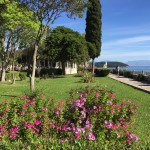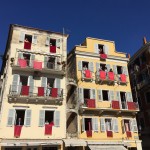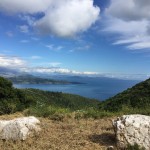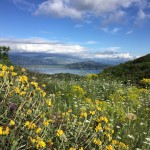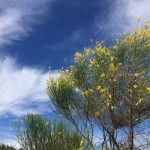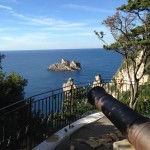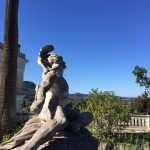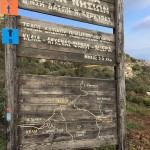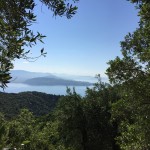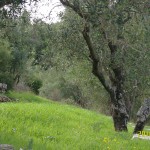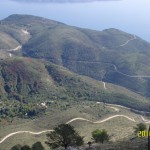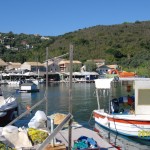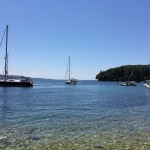Introducing Corfu
Perhaps now best known to the 6 million viewers of the 2016 ITV hit show The Durrells, Corfu has been the home of artists, writers and poets for centuries. It was Gerry Durrell’s older brother Lawrence who famously described Corfu as “a peninsula nipped off while red hot and allowed to cool into an antarctica of lava” in his 1945 classic, Prospero’s Cell.
And some years before it was a weary Odysseus when shipwrecked on the vernal island of the Phaecans, who patiently heard his tale before setting him on a boat home to Ithaki. This island is modern-day Corfu and you can expect the same level of kindness from this cosmopolitan jewel.
Ever since it was first settled by the Corcyrans in the 8th century, Corfu, or Kerkyra (ker-kih-rah) in Greek, has been an object of desire for both its untamed beauty and strategic position in the Mediterranean. It was a seat of European learning in the early days of modern Greece, with cultural institutions such as libraries and academic centres. To this day, Corfiots remain fiercely proud of their intellectual and artistic roots, a legacy visible from its fine museums and cultural life.
Getting Here
Corfu is just a few hours flight from many European and UK airports. Flights are direct between April and October. Outside this period there are still regular connections via Athens which has three flights a day and take less than an hour. There are also regular ferries from Italy (Venice, Ancona and Bari).
Mulberry House is about an hour’s drive from the airport along the glorious north east coast road. A car is essential.
The best time to visit? This very much depends on your own preferences, but we love walking the Corfu Trail in April and October when you can still be assured of bright, sunny days. And because of our location in the hills above the north east coast, the sometimes oppresive heat on the coast in mid summer is tempered by the Corfiot afternoon breeze.
Palace of St Michael & St George
Originally the residence of a succession of British high commissioners, this palace now houses the world-class Museum of Asian Art , founded in 1929. Expertly curated with extensive, informative English-language placards, the collection’s approximately 10,000 artefacts, collected from all over Asia, include priceless prehistoric bronzes, ceramics, jade figurines, coins and works of art.


